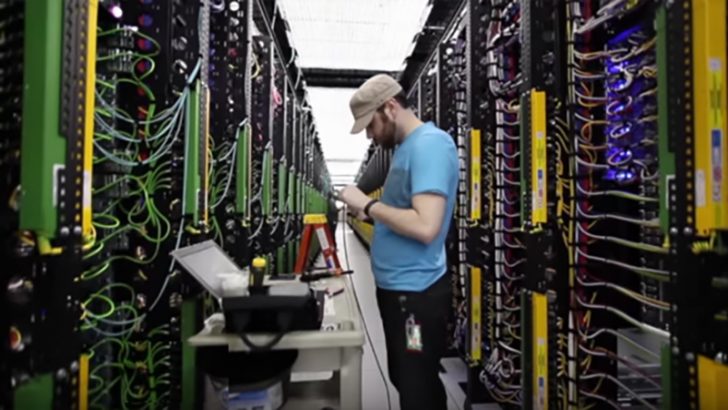
Brocade has released what it is calling the first fibre channel solution for the all-flash data centre. The claim will raise eyebrows at other storage vendors who have been supporting flash for some time. This announcement is for the Gen 6 Fibre Channel Directors. It follows the March release of the Gen 6 Fibre Channel switches.

According to Jack Rondoni, vice president of storage networking at Brocade: “Legacy networks will bottleneck flash storage minimizing the performance and economic benefits of this game-changing technology. Brocade’s Gen 6 Fibre Channel solutions unleash the full value of today’s flash technology and enable tomorrow’s next-generation flash storage based on Non-Volatile Memory Express (NVMe). NVMe will be the next disruptive storage technology in the data center and customers will be able to seamlessly integrate NVMe over fabrics with Brocade Gen 6 Fibre Channel.”
Rondoni is right about the problems for many legacy networks. Data competes with other traffic for space on corporate networks that were designed for traffic levels from five or more years ago. Although fibre channel solutions may solve some of the problems it will not solve all of them.
The issue is as much about network architecture as it is bandwidth. This means that many organisations will have to review their storage architecture to get the most out these announcements. Customers who do go with Brocade may also find themselves having to rewrite a lot of code in order to integrate with the Brocade APIs. This is no simple task and will take considerable time and effort.
Four key elements in the Brocade Gen 6 Fibre Channel story
The press release lists four key elements in the Brocade Gen 6 Fibre Channel portfolio. These are:
Brocade X6 Director Family: Two models are available to customers; the X6-4 and the X6-8. The difference between the models is the number of 32Gbps ports they can support. The X6-4 supports 192 ports while the X6-8 supports 384. Customers can combine 4 of the 32Gbps ports into a single aggregated 128Gbps port for higher bandwidth traffic. There is also support for 128 Gbps UltraScale ICL connectivity ports with the X6-4 having 16 while the X6-8 supports 32. This means that the X6-4 can deliver 8Tbps of bandwidth and the X6-8 16Tbps. Customers will see this as an opportunity to consolidate existing systems which will reduce costs.
Brocade SX6 Extension Blade: This is for customers who want to move data over longer distances. It supports 80Gbps per platform which will deliver data as fast as most applications can consume it. Using line-rate encryption the extension blades can reduce the impact to applications by the need to encrypt/decrypt data.
Brocade Fabric Vision Technology with IO Insight: This allows operations teams to manage their entire storage network from one location.
Brocade Fabric Vision Technology with VM Insight: Operations teams can now see how each VM is utilising data. It will make it easier to detect VMs that are struggling to get access to data as well as those ‘noisy neighbours’ who are hogging bandwidth. This allows operators to balance VMs across multiple servers to reduce noise and improve performance.
Conclusion
This is not just about going faster for Brocade. Fibre Channel is not the only solution for high speed data. Ethernet and InfiniBand are eating into its market share. Brocade will hope that this announcement is enough to convince customers that FC, while expensive, is still a key technology. It is targeting those customers doing very large analytics using HADOOP and SPARK. Increasing the bandwidth will improve the speed at which data can be delivered from flash to memory.
Brocade is a member of the IBM backed OpenPOWER Foundation. Brocade announced support for IBM CAPI at the OpenPOWER Summit earlier this year. Surprisingly there is no mention of it in this release. What makes this surprising is that Brocade is targeting those customers doing very large scale analytics.

























